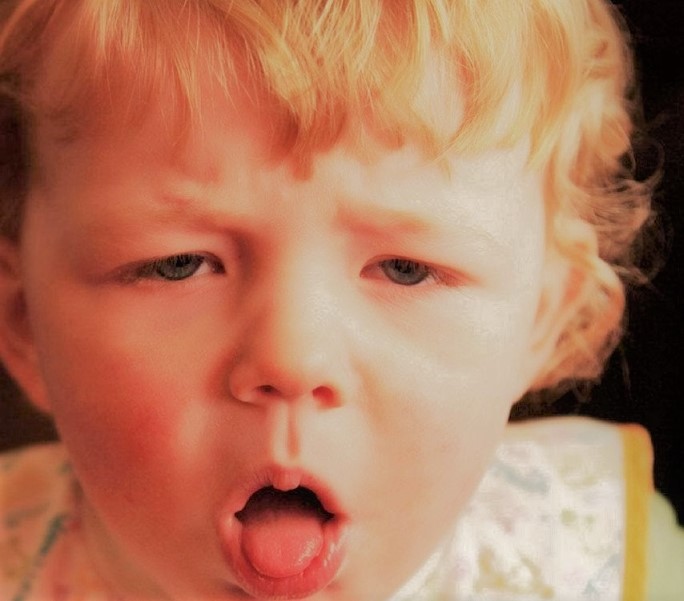Child Respiratory Emergencies
My son was two years old when I returned to work in 2005. Each day, I strapped him into his car seat to take him to and from his childcare center. One afternoon, as I drove my son home, I heard a strange sound from the backseat. I looked in the rearview mirror and my stomach dropped. His lips were blue, and the strange sound I was hearing were his attempts at gasping for breath. I took him straight to the emergency room, where the staff treated him using a nebulizer and told me to see his pediatrician right away. I did, and the hospital’s diagnosis was confirmed – pediatric asthma.
For about three years, I strapped a mask over my son’s face while he sat in my lap and breathed in Albuterol, a bronchodilator that restored his breathing to normal. The attacks were often sudden – often enough for me to keep the nebulizer in the car and the Albuterol in my purse. A few times I even rushed into coffee shops or fast-food restaurants and begged them to let me use an outlet to plug in the nebulizer so I could treat my son right away.
Respiratory emergencies are frightening, and, according to Registered Respiratory Therapist Nancy Johnson, respiratory disorders are the second leading cause for parents to take children to the ER. They are the number one cause for children under the age of four. Johnson also notes that children under respiratory distress deteriorate quickly and “airway urgencies can quickly progress to airway emergencies.” She uses the ABCDE Assessment Tool to assess respiratory conditions:
- Airway (Is it obstructed?)
- Breathing (Are there signs of distress?)
- Circulation (Does their color look OK?)
- Disability (Are they functioning normally?)
- Exposure (Are there any wounds or notable injuries?)
Approximately half of children with pediatric asthma outgrow it, and my son was in that lucky half. However, while his asthma was a threat, I received training in child and baby CPR. Fortunately, I never had to use it, but the knowledge gave me peace of mind.



